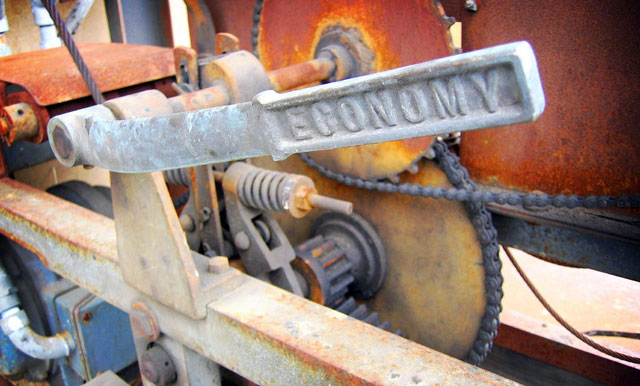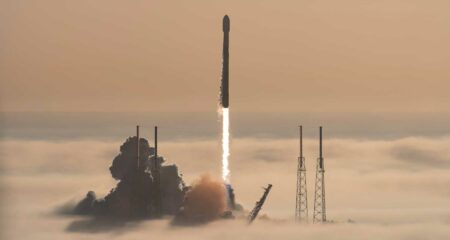
South Africa’s economic growth slowed in the third quarter as factory production and trade contracted, complicating the government’s task of boosting output to avoid a possible credit-rating downgrade to junk next year.
GDP expanded an annualised 0,2% in the three months through September compared with upwardly revised growth of 3,5% in the preceding quarter, the statistics office said in a report released on Tuesday in Cape Town.
The median of 19 economist estimates compiled by Bloomberg was for 0,6% growth compared with unrevised expansion of 3,3% in the second quarter. The economy expanded 0,7% from a year earlier.
S&P Global Ratings last week affirmed the nation’s BBB- assessment, the lowest investment-grade level, while warning that political turmoil has distracted from reforms to boost growth.
The economy will probably expand at the slowest pace this year since a 2009 recession.
Slow growth will make it more difficult for finance minister Pravin Gordhan to meet his pledge to narrow the budget deficit to 2,5% of GDP by 2020, from a projected 3,4% this year, and to limit government debt, according to Nicky Weimar, an economist at Nedbank.
“The only conclusion you can draw from a 0,2% growth rate is that there is no momentum and it seems to suggest there is very little underlying confidence,” Weimar said by phone.
Ratings companies want to see “that we start to implement the sort of policies that will get us to a faster growth rate”, she said.
Factory output, which makes up about 13% of GDP, contracted by an annualised 3,2% from the previous quarter and trade shrank by an annualised 2,1%, the statistics office said. Mining production rose 5,1% and the finance industry expanded by 1,2%.
Gordhan, 67, has been leading efforts to avoid a cut to junk while wrangling with President Jacob Zuma over control of the treasury and state-owned companies. That and delays in passing new mining and anti-money laundering laws and a failed attempt by senior ANC officials last week to oust Zuma have fuelled perceptions of political turmoil and policy uncertainty.
High unemployment
Low commodity prices, the worst drought in more than a century and weak export demand have weighed on output and the economy will probably expand 0,4% this year and 1,2% in 2017, according to the central bank. That won’t create the jobs required to reduce the nation’s 27% unemployment rate, governor Lesetja Kganyago said on 30 November.
“It’s certainly not enough growth to assist with the social issues like unemployment or income growth and this will keep ratings agencies nervous about the country’s rating,” Kevin Lings, chief economist at Stanlib Asset Management in Johannesburg, said by phone. “It’s clear that South Africa is facing a crisis in economic activity.”
The rand gained 0,6% to R13,65/US$ by 10.37am in Johannesburg on Tuesday. Yields on rand-denominated government bonds due December 2026 fell three basis points to 8,95%. — (c) 2016 Bloomberg LP




